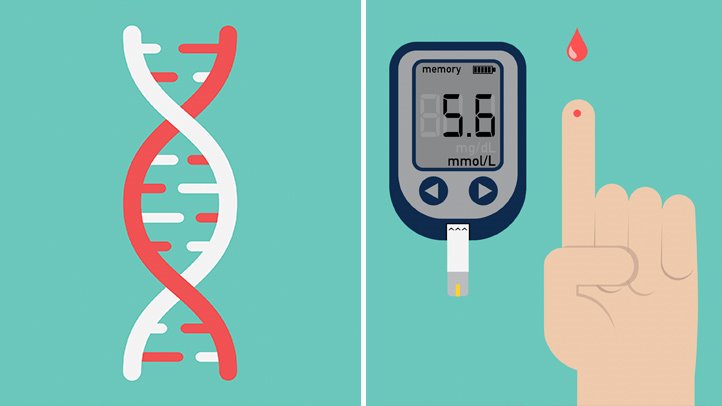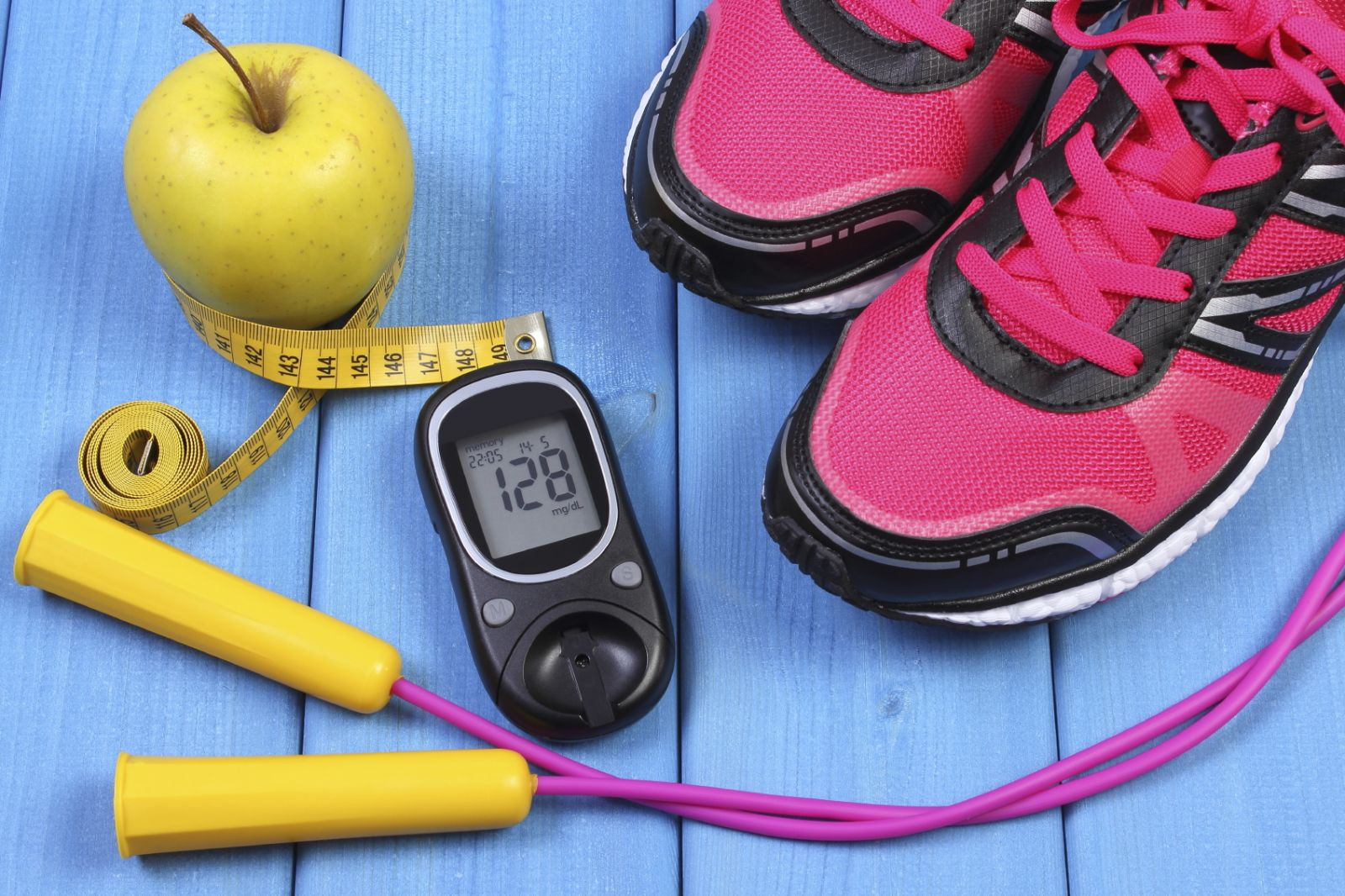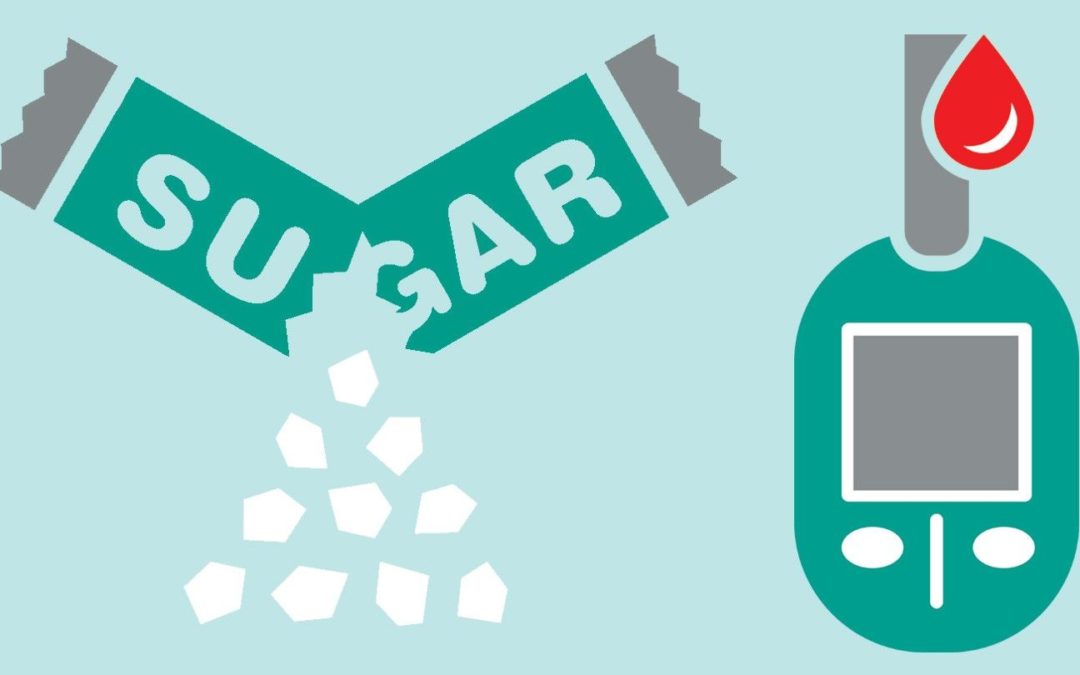Diabetes is a disease that happens when your blood glucose, also known as blood sugar, is excessively high. Blood glucose is an essential source of energy and originates from the food you eat. It is utilized by cells to produce energy, so the cells can work and the body can live. Insulin, a hormone made by the pancreas, enables glucose from food to get into your cells to be utilized for energy.
When blood glucose is high more insulin is produced, and it tells cells to take up glucose and store it. When blood glucose is low its levels fall, and the body responds by releasing its stored glucose into the bloodstream.
Diabetes is a major cause of blindness, kidney failure, heart attacks, stroke, and lower limb amputation. In 2016, an estimated 1.6 million deaths were directly caused by diabetes. Almost half of all deaths attributable to high blood glucose occur before the age of 70 years.
As famously said by Historian Yuval Noah Harari:
“In 2012 about 56 million people died throughout the world; 620,000 of them died due to human violence (war killed 120,000 people, and crime killed another 500,000). In contrast, 800,000 committed suicide, and 1.5 million died of diabetes. Sugar is now more dangerous than gunpowder.”

The number of people with diabetes has risen from 108 million in 1980 to 422 million in 2014. WHO estimates that diabetes was the seventh leading cause of death in 2016.
Type 1 diabetes
Type 1 diabetes (previously known as insulin-dependent, juvenile or childhood-onset) is characterized by deficient insulin production and requires daily administration of insulin. The cause of type 1 diabetes is not known and it is not preventable with current knowledge.
Symptoms include excessive excretion of urine (polyuria), thirst (polydipsia), constant hunger, weight loss, vision changes, and fatigue. These symptoms may occur suddenly.
Type 2 diabetes
Type 2 diabetes (formerly called non-insulin-dependent, or adult-onset) results from the body’s ineffective use of insulin. Type 2 diabetes comprises the majority of people with diabetes around the world and is largely the result of excess body weight and physical inactivity.
Symptoms may be similar to those of type 1 diabetes but are often less marked. As a result, the disease may be diagnosed several years after onset, once complications have already arisen.

Until recently, this type of diabetes was seen only in adults but it is now also occurring increasingly frequently in children. Increased insulin sensitivity means your cells are better able to use the available sugar in your bloodstream.
Exercise also helps your muscles use blood sugar for energy and muscle contraction. If you have problems with blood sugar control, you should routinely check your levels. This will help you learn how you respond to different activities and keep your blood sugar levels from getting either too high or too low.
Good forms of exercise include weight lifting, brisk walking, running, biking, dancing, hiking, swimming, and more. Drinking enough water may help you keep your blood sugar levels within healthy limits.
In addition to preventing dehydration, it helps your kidneys flush out the excess blood sugar through urine. One observational study showed that those who drank more water had a lower risk of developing high blood sugar levels.

Your body breaks carbs down into sugars (mostly glucose), and then insulin moves the sugars into cells. When you eat too many carbs or have problems with insulin function, this process fails and blood glucose levels rise.
This is particularly important if you have problems with blood sugar control or if you are taking medications to lower your sugar levels. That being said, if you are diabetic or have problems with blood sugar control, then you should start doing something about it as soon as possible.
